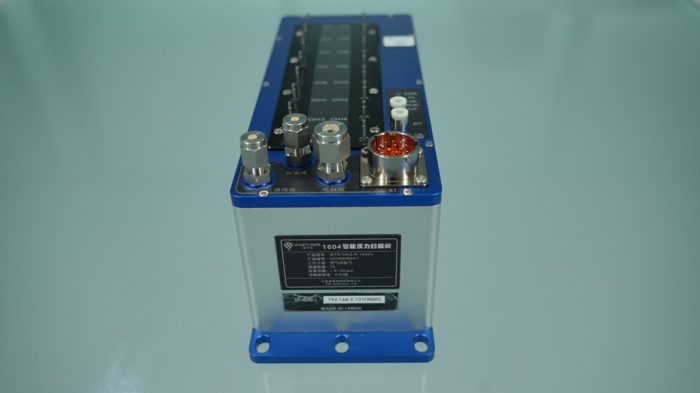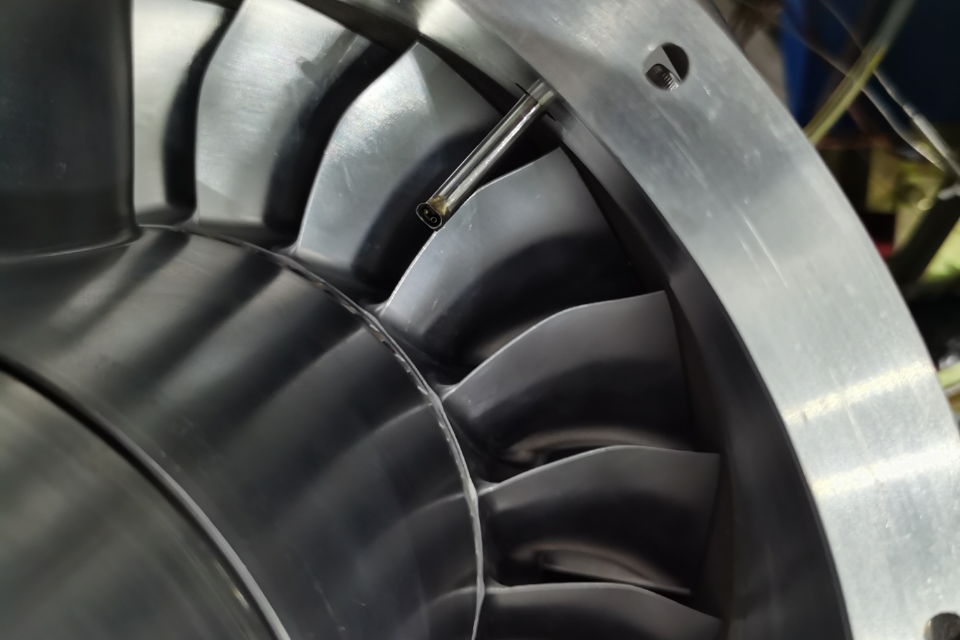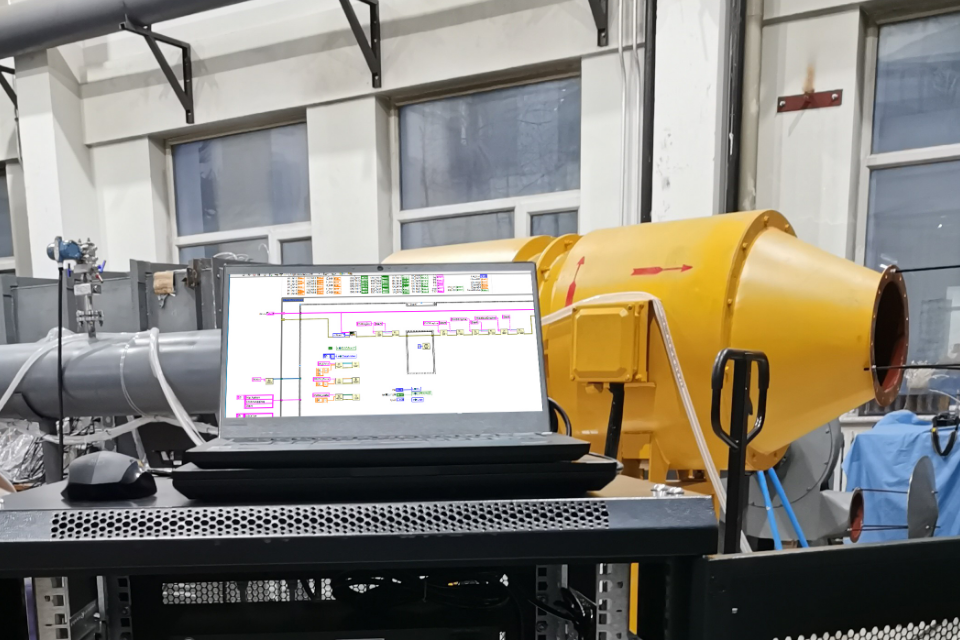Static pressure: Static pressure from the flow field or the wall of a pipeline. It is often used in wind tunnel tests and measurement of static pressure hole arrays on wing/car body surfaces.
Total pressure: The total pressure signal collected by a pitot tube or a porous probe. It is used to calculate the velocity, dynamic pressure and flow direction of airflow.
Differential pressure: Measurement of the pressure difference between two points, such as the difference between total pressure and static pressure (dynamic pressure), or the pressure difference between different positions. It is common in aerodynamic experiments and engine tests.
Gauge pressure: Pressure value relative to atmospheric pressure. Generally, it is used more in fluid pipeline testing and industrial experiments.
Ethernet pressure scanners Precision Manufacturing Advantages
Ethernet pressure scanners microstructure high machining accuracy: the precision manufacturing process ensures the symmetry and sealing of the valve body pneumatic channel, avoiding measurement errors caused by leakage or uneven channels.
Sensor consistency and reliability: The high-precision pressure sensor with strict screening and matching is adopted to make the multi-channel measurement consistent and ensure the comparability of data.
Adaptability: Precise assembly and packaging process make it work stably under high temperature, high humidity or strong vibration.
Modularity and scalability: Precision manufacturing is also reflected in the modular design of the system, which can expand the number of channels according to experimental requirements to achieve flexible configuration.

Technical Advantages of Windtuner ethernet pressure scanners
Based on precision manufacturing, Windtuner ethernet pressure scanners achieve higher performance through technological innovation. The main advantages include:
1. High measurement accuracy: The accuracy level can reach 0.05, and wind tunnel test, engine test and automobile aerodynamic research have extremely high requirements for data accuracy. Support multi-point synchronous acquisition to ensure the reducibility of transient pressure in complex flow fields.
2. Advanced communication capability: Built-in IEEE 1588 Precision Clock Synchronization Protocol (PTP), which can realize nanosecond-level data synchronization in distributed test systems. Provide high-speed Ethernet communication interface to support large-scale real-time data transmission.
3. Maintenance-free pneumatic valve system: It adopts an independently developed built-in pneumatic valve system, which has self-cleaning and maintenance-free characteristics, and tests the downtime for maintenance. Effectively prevent gas blockage or pollution caused by operation.
4. Powerful self-calibration function: supports internal zero adjustment calibration to ensure that the zero point is still stable after long-term use. Provide full scale calibration to ensure the accuracy consistency of the equipment throughout the measurement range. Support custom multi-point calibration, personalized calibration requirements under different experiments.
















